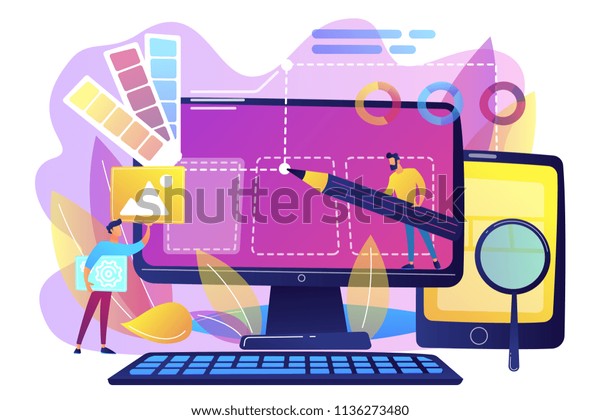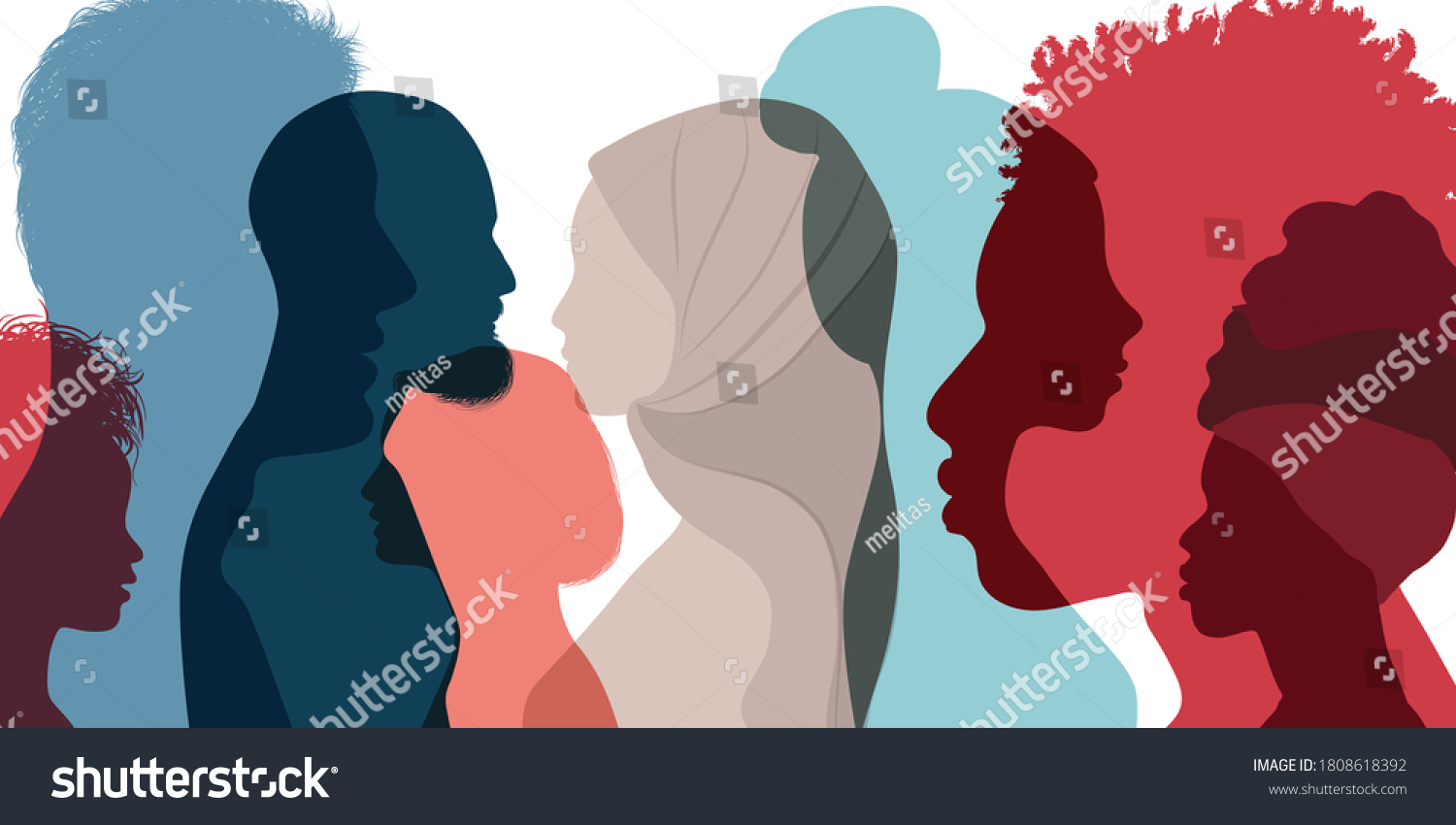Welcome to Update and Maintain Knowledge of Design Trends. As you progress through this topic, you will learn to:
- Expand knowledge of design trends and developments
- Incorporate and integrate knowledge into design activities.
Terminology and vocabulary reference guide
Working in an office environment, you need to be familiar with terms associated with principles and use the terms correctly (and confidently) with clients, your colleagues, and other industry professionals. You will be introduced to many terms and definitions. It can come handy to start a vocabulary reference guide by adding any unfamiliar terms into a notebook or a Word document.
Activities
There are activities within this topic and an automated quiz at the end of this topic. This is not part of your assessment but will provide practical experience to help you in your work and help you prepare for your formal assessment.
It is important to keep well-informed of what is occurring in the industry. It has become evident that the design world will not wait for anyone as it evolves. Since the 21st century, when technology rapidly advanced, so too did trends and developments, making it difficult to identify specific movements of this era. It is important that designers can update and maintain knowledge of design trends or developments in industry, so they are not left behind. A designer of the 21st century works hard at staying relevant, skilful, knowledgeable in order to stay relevant. It can get very competitive to say the least.
To stay up to date and maintain knowledge of trends and developments, designers must use opportunities such as:
- Collecting sources of information on both historical and current trends and/or movements
- Networking and professional associations
- using skills and attributes to during the design process.
Collecting sources of information to update and maintain knowledge
Researching materials and findings from the past movements and trends is one way to inform the current design being worked on. Another is to consider researching current trends. Researching both past and current movements or trends will also add value in expanding and updating knowledge of how design is being used and developed today, these trends can then be adapted to the current design work and may be used to be integrated into design activities. The following video explains how trends can be used in design. The video also indicates sources that will obtain essential information of current trends that can be acquired to inspire design work.
The following are a list of sites where data and reports can be found when sourcing information on what is trending. This can be particularly helpful when the design work is utilised for marketing purposes.
Networking and professional associations to update and maintain knowledge
Networking is a way to stay in touch with industry. A great way to advance a career is by associating with other industry professionals from various areas of design but it can also increase the awareness of current trends and developments and also open up opportunities of work. There are many professional associations that will provide access to networking opportunities and furthermore, expand on industry knowledge. The following table describes a few methods to network.
| Subscribe to industry/trade magazines, blogs and newsletters | Subscribing to trade journals or magazines is an effective way of maintaining industry knowledge. Bloggers are incredibly up-to-date and often interview industry leaders to support their blog content. |
| Ask your employer for support | Businesses value individuals who have the most current skills and knowledge. Speaking to your employer and securing their support may lead to pathways of success both in industry and within the organisation. Thus, a skillful employer is an asset to any one and any business. |
| Watch webinars and podcasts | The digital world has opened the doors to a plethora of audio and visual means of information. Staying up-to-date in industry has never been more accessible with the rise of pertinent webinars and podcasts. Take a look at Shillington’s recommended podcasts for 2021. |
| Attend workshops or enrol in a course. | Having relevant qualifications in an area of design or upskilling by attending workshops is an excellent method to expand and further develop knowledge for design work. There are great online workshops that are also available, in particular, with software skills. Having certifications on attendance or completion of a workshop or course is viewed well and is highly regarded on a resume. When the knowledge obtained is applied, the skills utilised in the design work will speak for themselves. |
Maintaining knowledge of design and development is now an integral part of the journey in a designer’s career. Designers who prioritise on staying up-to-date will reap the benefits and set themselves apart from others.
Skills attributes to update and maintain knowledge
Designers will approach a brief from various angles. Planning might look different, and the final product may also look different. However, one thing that needs to remain the same and continue developing are the skills and attributes that will enable designers to continuously improve their current practices. These are opportunities that must be used to help and update and maintain knowledge of design trends and developments. These opportunities include the following skills and attributes:
- Communication: For a designer to elaborate on their work clearly, it is vital to communicate the specific ideas and thought processes behind the scenes. Designers may need to persuade and build trust with clients, their team and the organisation. However, the communication does go both ways, and frequently, listening to others and their feedback will also help shape the design work and meet the needs of a brief. Collaborating is key when planning and producing a design,
- Curiosity: Being curious is important for excelling in any. Asking questions will assist in learning from others and exploring ways to improve design work. Learning from historical and current movements and trends, including what they are communicating in order to adapt styles and messages into the design work.
- Cognitive skills: These are the essential skills that the brain uses to think, read, understand, recall, reason, and pay attention. As a designer, it is common to juggle multiple roles at one time, so it is essential to have the ability to “think on your feet” and problem solve. More importantly, being able to clearly interpret the needs of a brief.
- Creativity: It is important to think outside the box and work innovatively when creating design work. To think of new engaging concepts to add to a design can help to stay relevant and in demand in the creative industry.

Planning to meet the needs of a design brief is time well spent. It permits the design to communicate its message of the design accurately. In the planning stage of a design project, the following steps would now have been completed:
- Interpreting the design brief
- Researching valid sources of information on design history and theories to inform the design brief
- Discussed these with others such as clients, peers and management, to brainstorm ideas, concepts and direction for the design brief
- Researched currents trends to inspire the application to the design
- Choose aspects from the research to adapt into the design appropriately
- Organised the gathered information such as research design movements, discussions, design assets, design brief, and others of the like.
Having completed these steps, designers will then try to incorporate all their ideas, knowledge, findings and discussions into he a design activity. These may include:
- Protypes
- Models e.g., Architectural designs
- Drawings or sketches e.g., fashion design
- Mock-ups
- Visual diaries (an artistic form to organise the design process)
- Mood/concept boards e.g., poster design, interior design. etc.
It is important to note that design activities are not the final design, they are a visual representation to help others, such as clients, peers and management, get an understanding of how the design might be once completed.
Prototypes
Prototypes are similar to designing models. However, they can test the design to ensure it is functional. It samples the final version of the design. The following video gives a demonstration on how to produce a prototype.
Concept board

A concept board, other times referred to as a mood board, aims at giving a visual representation of the final ideas that will make up a design. It can contain colours, materials, styles, textures, moods, typography, and layouts to help communicate an understanding of what the final product may look like. Therefore, it describes the direction the project will take according to the client brief. The concept board is a fabulous design activity that can visually communicate the ideas that have been collected. A client and other liaisons can see how the design can take form and ensure that the adaptations used from ideas work well for the project. A concept board is a great place to show how the historical design theories and current trends that have been researched, can be used within the design. Designers will frequently create a concept board using softwares, such as:
In this topic, we focused on Update and Maintain Knowledge of Design Trends. You have learnt to:
- Expand knowledge of design trends and developments
- Incorporate and integrate knowledge into design activities.

